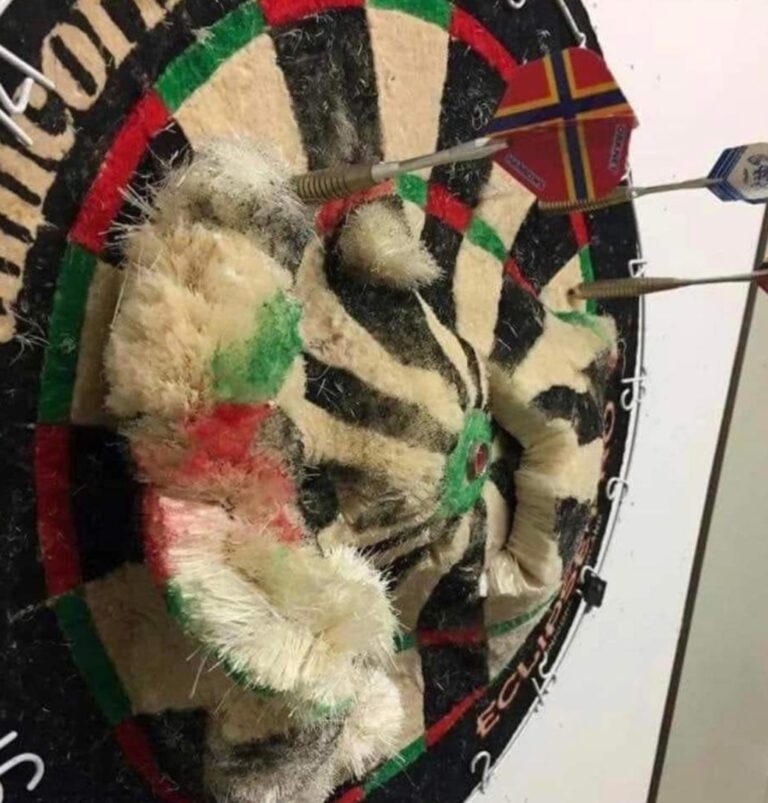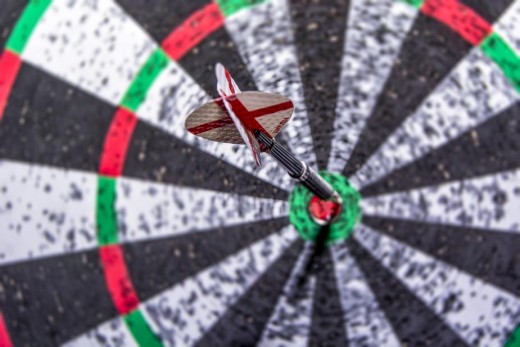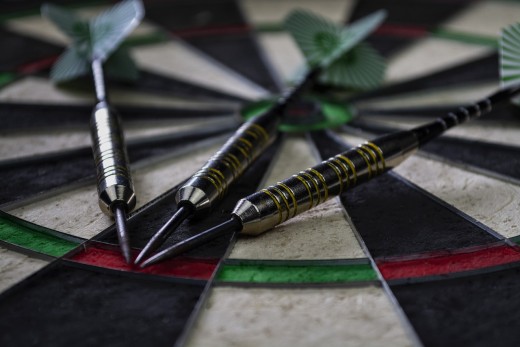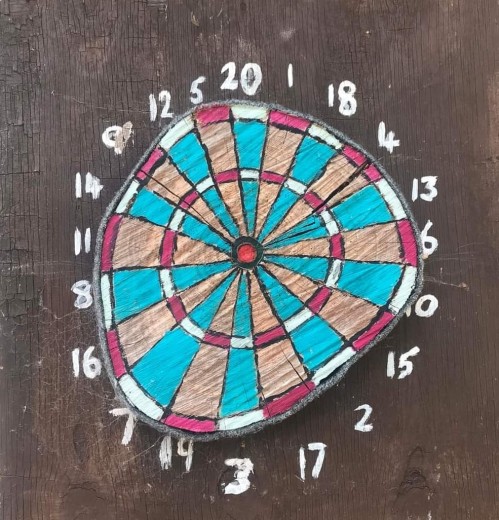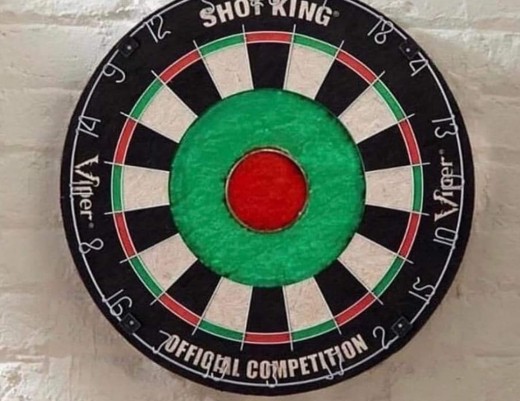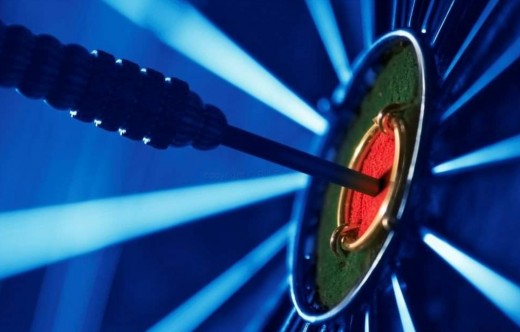March 8, 2005
Column 179
Here Comes India…
Following the recent appearance of a handful of the Professional Darts Corporation’s (PDC) top players at the first China Open, and despite the unsurprising fact that the British professionals stomped the best the Chinese had to offer pretty much back to the Ming Dynasty, it should come as no surprise that there’s a lot of talk about how competitive the Chinese will be in the years to come.
Purely on the basis of numbers the speculation has merit, particularly now that the darts sub-culture in China has the inertia generated by the PDC’s embrace. It only stands to reason that some brilliant darts’ talent will eventually emerge from deep inside the country’s massive billion and a half populace.
But China isn’t the only country knocking on the door of the international darts scene. Behind the leadership of Prasanta Saha, the main mover behind the rapidly expanding All India Darts Association (AIDA), the Republic of India is pounding just as vigorously, albeit quietly, on the same door. The unfamiliar names of India’s top-ranked players — Ashfaq Sayed, Vinod Sawlani, Aamir Javed and Arnab Raha (among the men) and Aneesha Mehta, Amrita Raha, Ayesha Sayed, and Pushpa Harichandan (for the among the ladies) — may not be so unfamiliar in the years ahead.
While to some, which country produces a professional darts star first may be a coin toss, anybody who argues that neither will — that the dominance of England’s professionals and super-shooters from Holland, America, Canada, and Australia will always have a lock on world dominance — simply doesn’t appreciate the energy and organization that is behind the sport in Asia.
Even those countries in Asia that have produced great darters like the late Nicky Virachkul (originally from Thailand) and Freddie Deen (the Philippines), Ravi Sandarin (Malaysia), and even California’s Paul Lim (originally from Singapore, who also threw for Papua New Guinea) fail to fully appreciate the development of the sport in their own backyard.
Here are a few facts about India. In terms of pure land mass the country is one-third the size of the United States — but with 1.1 billion people, it supports 15% of the entire population of the world. A third of these people, more that the population of all America, are less than fifteen years of age.
Thanks to Saha and AIDA and a unique plan, tens of thousands of these kids are now honing their skills on dartboards across the country. It’s only a matter of time before a hero emerges.
Formed in 2000, AIDA is promoting darts from the grass roots up. They have a goal and they’ve written it down: to “participate in the much coveted world championship by 2006.” I don’t know if they’ll make it that quickly but I have no doubt they eventually will.
I say this with confidence because, unlike any other darts organization in the world, at least that I have come across in my travels, AIDA’s absolute top priority is to introduce the sport of darts to kids in school.
AIDA’s leaders aren’t making the usual rounds to pubs, negotiating deals to get boards hung on the wall. With the support of Winmau, Harrows, Puma, and Elako Darts, thousands of boards have been distributed to classrooms across the nation. AIDA is taking the long view.
They are organizing “coaching camps, workshops and seminars” to introduce the sport and encourage the involvement of a new generation. They arrange lectures, talks, courses, and discussion seminars to promote the merits of the sport and inspire kids to give it a try. And when they recognize young talent, they are organized to take the next step — to hone the basic skills of talented children into the sort of skills that are required to compete outside of the schools and, eventually, beyond the borders of their country.
There are twenty-eight states in India. At present, twenty of them — from Delhi to Uttar Pradesh, from Maharashtra to Rajasthan, to even Kashmir and Jammu — have affiliated organizations. AIDA supported nineteen tournaments during 2004, including a national school championship in November (Aneesha Mehta, for the girls, and Mohit Haralalka, for the boys, were recognized as the two most outstanding players). In 2005, India will send a team to the South Asian Darts Championship.
Recognizing the long road ahead, AIDA is duly proud of the road it has traveled so far. Their plan, based firmly on a philosophy to “cultivate human values and universal brotherhood for a stronger, value-based society through sport and games,” has been widely embraced in-country. They have received encouragement from the Sports Authority of India and the Indian Olympic Association and are awaiting confirmation of their inclusion in the sports category of the Ministry of Youth Welfare and Sports, which will cement the assurance that darters in India receive the same benefits (and thus, can afford to compete internationally) other major sports personalities enjoy.
So, India has quietly made great strides in a very short period of time. They have a plan, government support, and the sheer numbers from which, even were they not so organized, to eventually develop a darts champion.
But they possess one more ingredient which, as a betting man, encourages me to place my money on India over China to emerge first as a major player on the world darts scene. What India has which China does not have is a historical, deep-seated passion to knock off the British.
While the people of India have had a continuous civilization since 2500 B.C., their more modern history has been one of invasion and occupation. In the 11th and 12th centuries, it was the Turks and Afghans who invaded and established sultanates in Delhi. In the early 16th century it was the descendants of Genghis Khan who swept across the Khyber Pass and established the Mughal (Mogul) Dynasty.
Then, in 1619, the British arrived to set up a trading outpost at Surat on the northwestern coast. Later in the century, the British opened permanent trading stations in Madras, Bombay, and Calcutta. By the middle 1800’s the British controlled most of present-day India, Pakistan, and Bangladesh. And that’s pretty much the way things remained for years…
But then things began to change.
Beginning in 1920, using parliamentary and nonviolent resistance and noncooperation, Indian leader Mohandas Gandhi organized the movement that eventually led to the end of British colonial rule, India’s independence in 1950, and what today is the sixth largest democracy in the world.
Surely, it was the British who introduced the sport of darts to the country — so the occupation wasn’t entirely a bad thing. No doubt, the Indians understood the basic concept of 501 the moment it was first explained. After all it was the Indian scientist, Aryabhatta, who invented the digit zero!
So my bet is that the day is not so far away when it is some dart prodigy from India, not China, encouraged by AIDA, financed by the government, and determined by history, who lands at Heathrow or Gatwick — to teach the British a thing or two about their own game.
Right or wrong, what is certain is that Asian darters should be taken seriously. Their day at the top is coming…
From the Field,
Dartoid

